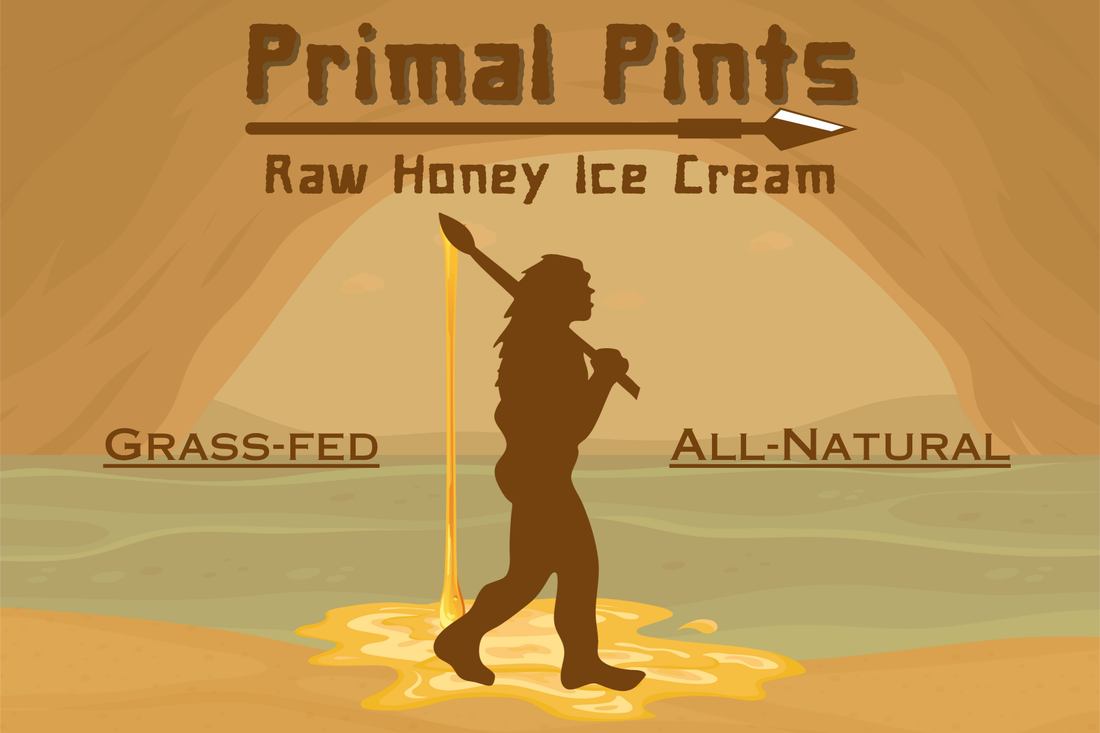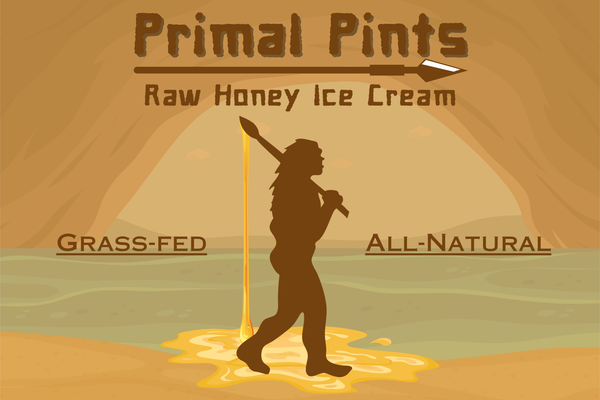
The Snack Industry’s Shortcuts — And Why Primal Pints Does Things Differently
Share
Introduction: snacks engineered to sell (and to stay on shelves)
America’s snack aisle is built for longevity and impulse: products that survive shipping, sit on shelves for months, and get you to buy another bag the next week. To do that, many big brands rely on low-cost tricks—artificial flavors, cheap sweeteners, seed oils, emulsifiers, and preservatives. Those ingredients make products inexpensive, stable, and extremely palatable—but they also shift the cost away from production and onto consumer health. The preservatives and additives market in the U.S. is large and growing, because this model works for manufacturers. Grand View Research
The most common shortcuts (and why they matter)
Here are the common ingredients and shortcuts you’ll find in many mass-market snacks—and what the science and reporting say about them.
Cheap sweeteners: high-fructose corn syrup (HFCS) and added sugars
HFCS and other added sugars are inexpensive ways to make snacks intensely craveable. A large body of evidence connects high intake of sugar-sweetened foods and beverages (the main source of added fructose in diets) to increased risk of obesity, type 2 diabetes, nonalcoholic fatty liver disease, and other cardiometabolic problems. Moderation matters, and when sugar is used to drive repeat purchases, that moderation disappears. PMC+1
Industrial seed/vegetable oils and refined fats
To lower cost and increase shelf life, many snacks use refined vegetable oils (often labeled as “vegetable oil,” “canola,” “soy,” etc.). These oils are cheap, oxidize under heat, and—when repeatedly used in industrial processes—can produce oxidation products that are undesirable for health. They’re chosen for price and stability, not nutrition.
Emulsifiers, stabilizers, and “mouth-feel” additives
Emulsifiers (polysorbates, carboxymethylcellulose, lecithins), gums (xanthan, carrageenan), and other texture agents help products feel rich and uniform while stretching cheaper ingredients. Emerging research links some emulsifiers to altered gut microbiota and inflammatory responses in animal and cell studies—and human research is growing. That’s worth paying attention to when emulsifiers are used in ultra-processed foods you eat every day. PMC+1
Preservatives and antioxidants (TBHQ, BHT, benzoates, sorbates)
To keep products shelf-stable and avoid spoilage during transport and long retail life, manufacturers use synthetic preservatives and antioxidants. These compounds are legal and used for food safety and preservation—but their rising use (and growing consumer exposure) is one reason the additives and preservatives market is expanding. Consumers paying attention to long-term dietary patterns may prefer fewer synthetic preservatives when possible. GlobeNewswire+1
Fillers, refined starches, and texturizers (maltodextrin, modified starches)
Fillers give volume and mimic texture without the cost of real ingredients. They spike glycemic load, add little nutrition, and help products feel satisfying in the moment—without actually nourishing you.
The business reality: profit vs. health
Shortcuts pay off for large manufacturers. Additives extend shelf life, reduce waste, simplify manufacturing, and make products more addictive—so sales rise and margins improve. Market reports show demand for preservatives and additives is growing because processed convenience foods remain in high demand. That economic incentive explains why many mainstream brands keep leaning on these ingredients, even as consumer awareness grows. Grand View Research+1
Why “proven to be unhealthy” needs nuance
Not every approved additive is an immediate toxin; many have safety limits and regulatory approval. But two patterns worry researchers and public-health experts: (1) dose and frequency—small risks become real when consumers eat ultra-processed foods every day; and (2) mixture effects—we rarely consume single additives in isolation. Reviews of food-additive literature and recent studies of emulsifiers and carrageenan show plausible biological mechanisms (microbiome changes, inflammation) that are linked to chronic disease risk in susceptible people. In plain language: frequent consumption of highly processed snacks increases the likelihood of negative health outcomes over time. PMC+1
Desserts shouldn’t be a trade-off between joy and health
Here’s the core idea: enjoying dessert doesn’t have to mean feeding a system that relies on cheap, unhealthy shortcuts. Responsible makers can—and should—show that great taste can come from real ingredients, not additives engineered to trick your appetite.
How Primal Pints is different
At Primal Pints we built our brand on simple, clean, nutrient-dense ingredients—not processing tricks.
-
Real dairy from grass-fed milk and cream. We source high-quality dairy and use low-temperature vat pasteurization to preserve flavor and nutrients. (We use Kalona milk and cream as the base for our recipes.)
-
Natural sweetening. We sweeten with raw, unfiltered honey instead of cheap industrial sweeteners.
-
No fillers, gums, or mystery additives. No gums, stabilizers, syrups, seed oils, or artificial preservatives—ever.
-
Protein-forward options without junk. Our protein pints deliver real, single-ingredient grass-fed whey protein—not processed protein blends with fillers.
-
Nutrition-minded indulgence. We believe dessert can fit into a healthy lifestyle: satisfying, nourishing, and made with ingredients you can read and trust.
That’s not a marketing line—it's our operating principle. We’re focused on building a healthier food culture, one pint at a time. (If you want to reference our full product description or base recipe, I can include those specifics in the post.)
What you can do as a shopper
-
Read labels: fewer ingredients and recognizable words are a great starting point.
-
Avoid foods that list long strings of numbers and chemical sounding names near the top of the ingredient list.
-
Prioritize whole-food snacks and brands that are transparent about sourcing and processing.
-
Treat ultra-processed snacks as occasional treats—not daily staples.
Final thought
The snack industry’s shortcuts—cheap sweeteners, seed oils, emulsifiers, preservatives, and fillers—have helped create a highly profitable product model. But the price of that convenience is increasingly paid in public health. Primal Pints exists to show a better way: real, clean, delicious ice cream that respects both taste and long-term well-being. Dessert can be joyful and responsible—let’s make that the expectation again.
